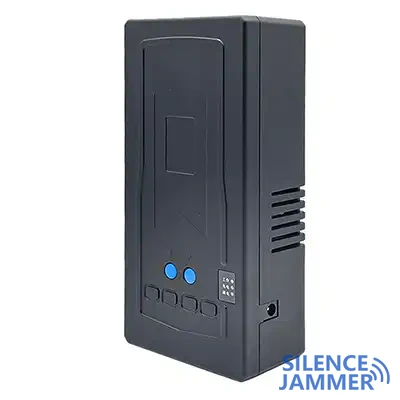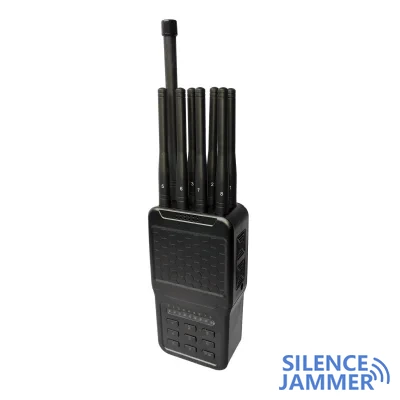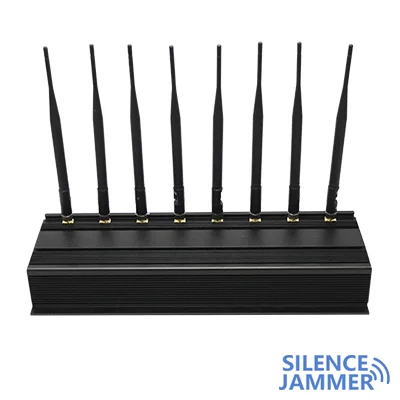Importance of drone signal jammer devices in modern electronic warfare
With the development of drone technology, drones are increasingly used in various fields, from military to civilian use, playing an important role. However, this also brings new challenges, especially in the security of sensitive areas. The birth of drone jammers aims to solve these problems by interfering with the GPS signals of drones, making them unable to fly normally and protecting the security of sensitive areas.

Application scenarios of signal jammers
Drone jammer devices are mainly used in military bases, government agencies, airports and other places where drones are not allowed to fly. For example, at Goulburn Prison in New South Wales, the Australian Communications and Media Authority (ACMA) approved a two-year trial to test the effectiveness of mobile jammer devices. These jammers prevent prisoners from conducting illegal activities through their phones by installing dozens of antennas in the prison to transmit signals at very low power, preventing mobile phones in the prison from connecting to mobile phone towers.

Technical principle and operation
The basic principle of drone jammer devices is to send strong jamming signals to cover the receiving signals of drones, so that they cannot receive the correct GPS signals and lose their positioning ability. The design of jammer blockers needs to take into account multiple factors, including output power, antenna gain and height, distance, etc. An effective jamming device does not need a much higher power level than the target device, but only needs to send a sufficiently strong jamming signal in the key frequency band.
Challenges and future development
Although drone jammers have shown great potential in many aspects, their application also faces some challenges. The first is the control of the jamming range. Excessive jamming range may affect legitimate communication signals. The second is the legality and compliance of jammers. Different countries and regions have different regulations and regulations on the use of signal jammers. The future development direction is to improve the accuracy and effectiveness of jammer devices while ensuring that they are used within the legal scope.

Actual application cases
In the South China Sea, China has installed military drone jammers at outposts in the Changsha Islands to protect its sovereign territory from infringement. However, this has also attracted attention and protests from neighboring countries, highlighting the sensitivity of jammers in international relations. In addition, the US military is also actively researching and deploying drone jammer devices to meet future electronic warfare challenges. The US Army hopes to dominate future electronic warfare by installing signal jamming equipment on drones.
Role in Future Warfare
Drone jammers will play an important role in future wars, especially in electromagnetic spectrum warfare. As technology advances, the performance of jammers will continue to improve to deal with increasingly complex threats. Admiral Michael Manazir, the US Navy's chief of air warfare, pointed out that "the next war will be fought in the electromagnetic spectrum," highlighting the strategic importance of jammers in modern warfare.


